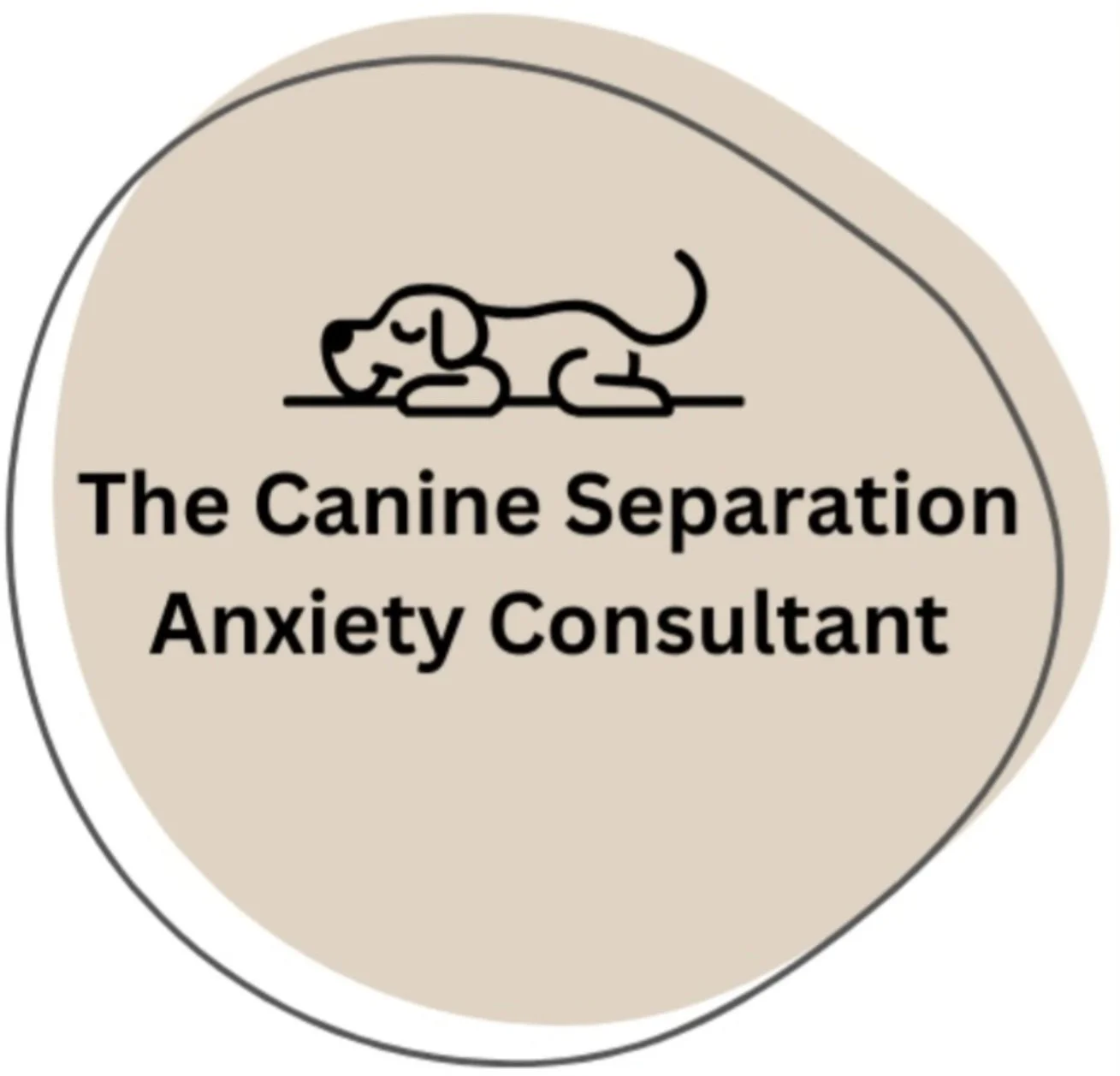Why Dogs Get Separation Anxiety: Understanding the Root Causes
Separation anxiety in dogs is one of the most common behaviour problems owners face. A dog who panics when left alone can bark, howl, pace, drool excessively, scratch doors, or even attempt to escape. But what actually causes separation anxiety in dogs? Understanding the reasons behind it is the first step to helping your dog feel calmer and more confident when left at home.
What Is Separation Anxiety in Dogs?
Separation anxiety is more than just a dog disliking being left alone. It is a stress response triggered when a dog feels unsafe or overly dependent on their human companion. Unlike boredom, which might cause mild mischief, separation anxiety leads to real panic and distress.
Why Dogs Develop Separation Anxiety
There isn’t one single cause. Instead, separation anxiety is usually the result of a mix of experiences, personality, and environment. Some of the most common reasons include:
1. Early Life Experiences
Lack of early independence: Puppies who were never left alone, even for short periods, may struggle later.
Traumatic or negative experiences: Dogs who were abandoned, rehomed multiple times, exposed to frightening situations, or spent long periods in kennels can develop deep fears of being left. A negative experience can be as simple as being left much longer than they can cope with. For example, leaving a young puppy home alone all day while going to work may overwhelm them and create lasting associations of fear around being left.
2. Maternal Stress During Pregnancy
Research suggests that a mother dog’s stress during pregnancy can influence the development of her puppies. Elevated stress hormones can affect the unborn litter, making them more vulnerable to anxiety and stress-related behaviours later in life.
3. Maternal Behaviour Towards the Litter
How a mother interacts with her puppies also matters. Overly anxious, neglectful, or inconsistent maternal care can affect a puppy’s emotional resilience and ability to cope with being left alone. Puppies who do not receive secure, balanced early nurturing may be more prone to separation anxiety as adults.
4. Changes in Routine
Dogs thrive on predictability. A sudden change in schedule, such as a new job, school term starting, or a family member moving out can trigger anxiety. The Covid-19 pandemic showed this clearly, with many dogs struggling when owners returned to work after months at home.
5. Strong Human Attachment
Dogs are social animals, and some form particularly intense bonds with their guardians. While this bond is usually positive, it can lead to distress when separation occurs.
6. Genetic Predisposition
Some breeds and individual dogs may be more prone to anxiety due to temperament and genetics. While any dog can suffer, those bred for close human companionship may be more vulnerable.
7. Health and Pain
Physical health can play a huge role in how a dog copes with being alone. Pain, discomfort, or underlying medical conditions such as arthritis, gastrointestinal problems, or urinary issues can heighten stress and make solitude feel even harder. A dog in pain may already feel vulnerable and insecure, so being left alone can amplify that fear and lead to separation-related behaviours. Ruling out health issues is an important step in understanding your dog’s anxiety.
8. Lack of Gradual Training
If a dog is never taught how to cope with short absences, being left for longer stretches can feel overwhelming. Dogs need to build up their independence gradually.
Signs That Your Dog May Have Separation Anxiety
Barking, whining, or howling when left alone
Destructive behaviour
Accidents in the house despite being house trained
Pacing, panting, or drooling
Attempting to escape when confined
Recognising these behaviours as signs of panic, not “naughtiness”, is crucial.
Can Separation Anxiety Be Prevented?
While not all cases can be avoided, early independence training, consistent routines, and teaching a dog to feel comfortable alone can greatly reduce the risk. Puppies, rescues, and newly adopted dogs benefit from slow, positive introductions to time apart.
Supporting a Dog With Separation Anxiety
If your dog is already struggling, the good news is that separation anxiety can be treated. With professional guidance, patient training, and a structured plan, many dogs can learn to cope calmly with being left alone. Punishment or leaving them to “cry it out” will only increase fear and make the problem worse. I offer tailored support for owners and their dogs, guiding you step by step through the process of helping your dog feel safe and secure when left alone. You can find out more about the 1:1 remote support I offer here.
Final Thoughts
Separation anxiety is not your dog being difficult. It’s a genuine fear response rooted in their experiences, personality, environment, and even health. By understanding why dogs get separation anxiety – including factors such as maternal stress, early nurturing, negative experiences, pain, and life changes – you can take steps to support them and, if needed, seek professional help. A calm, confident dog is possible – it just takes the right approach.
👉 If your dog is struggling with being left alone, I offer a free pre-training consultation call to help you take the first step towards easing their anxiety. Book your call today and start your journey to a happier, more relaxed dog. Book your free call via this link.
